July 13-14, 2022
The highlight of geocaching in the Hatfield area was the company: Jane’s niece Cindy Jeffes joined us for the day from Hatboro, Pennsylvania.
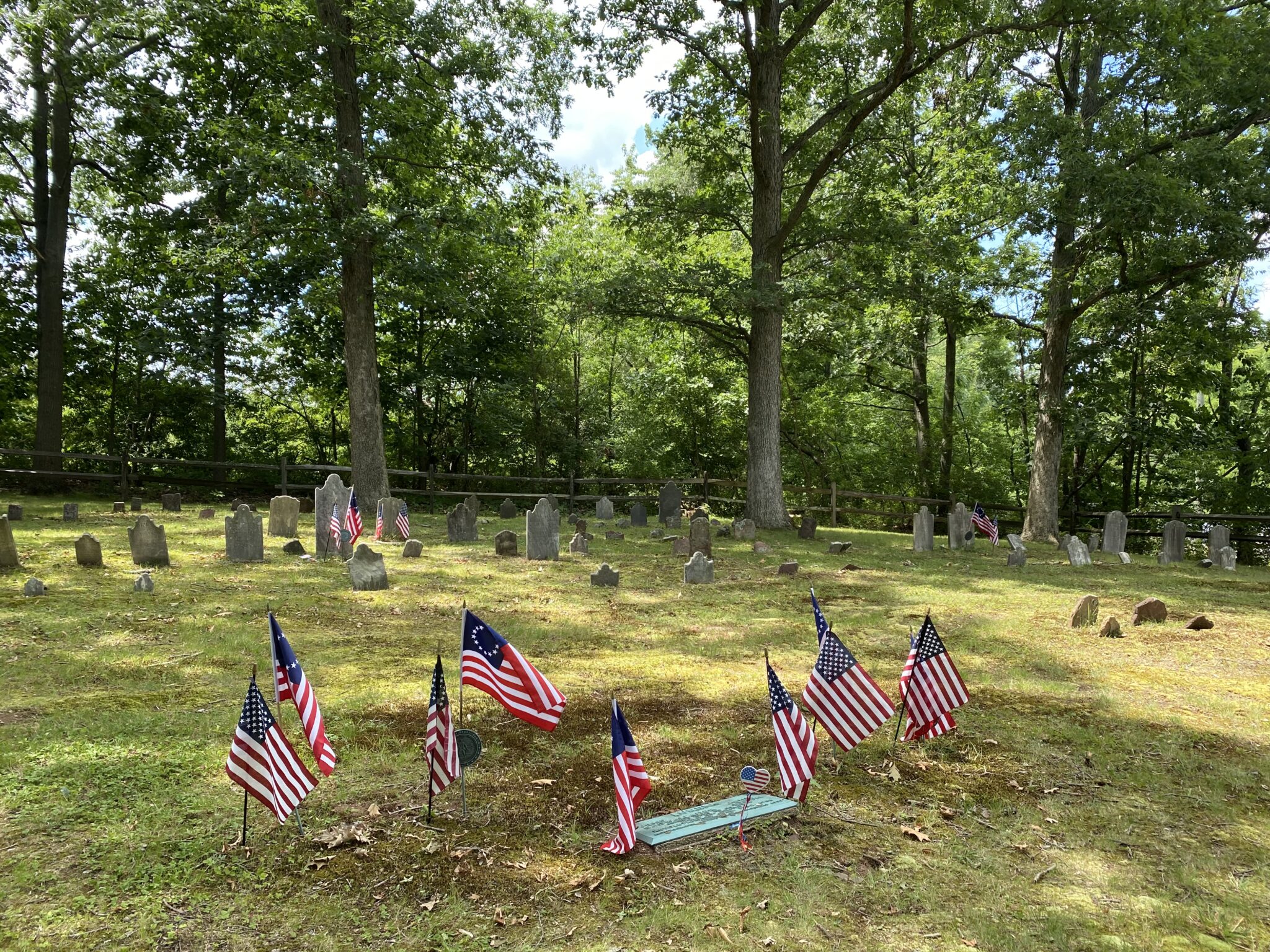
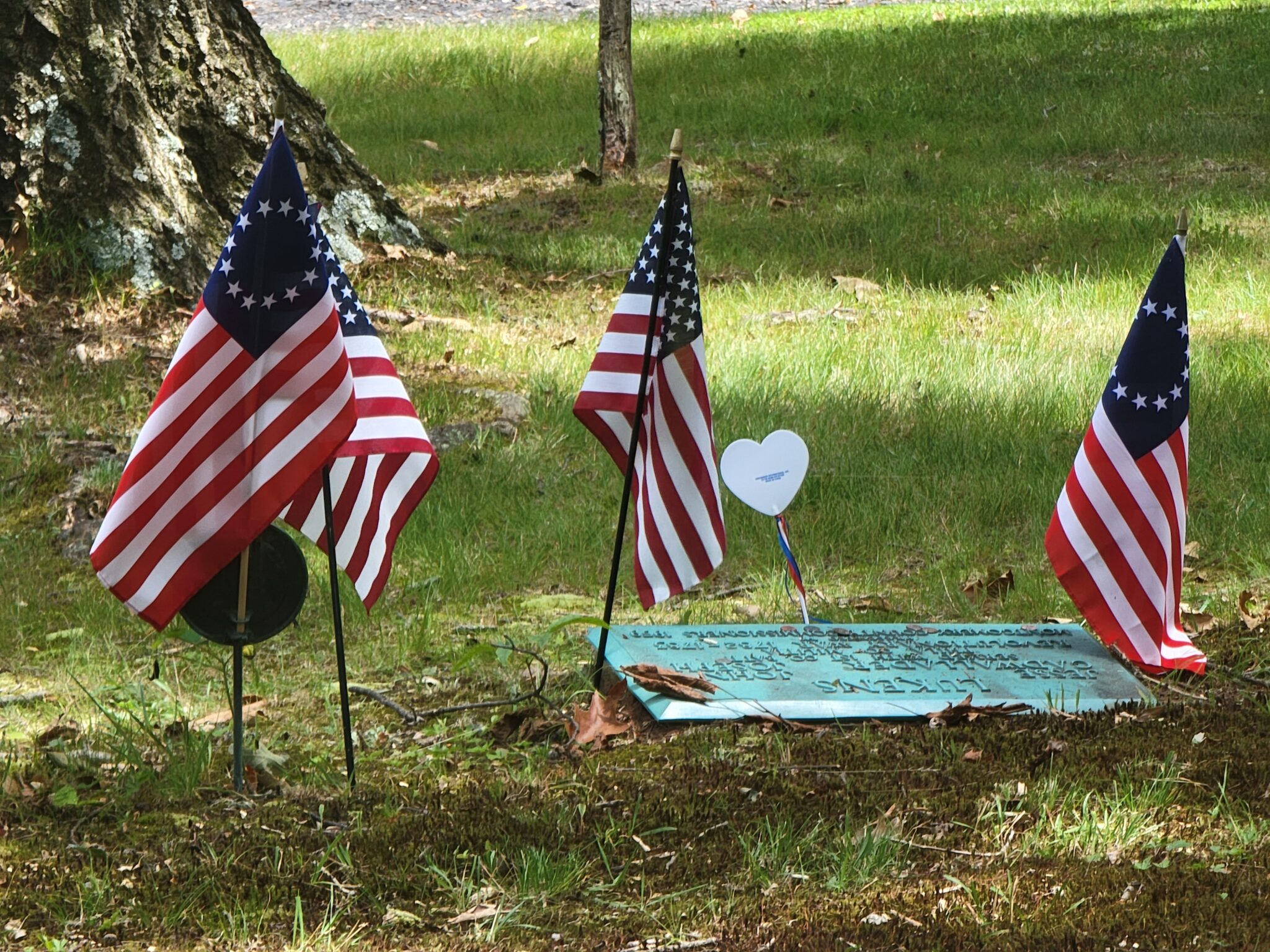
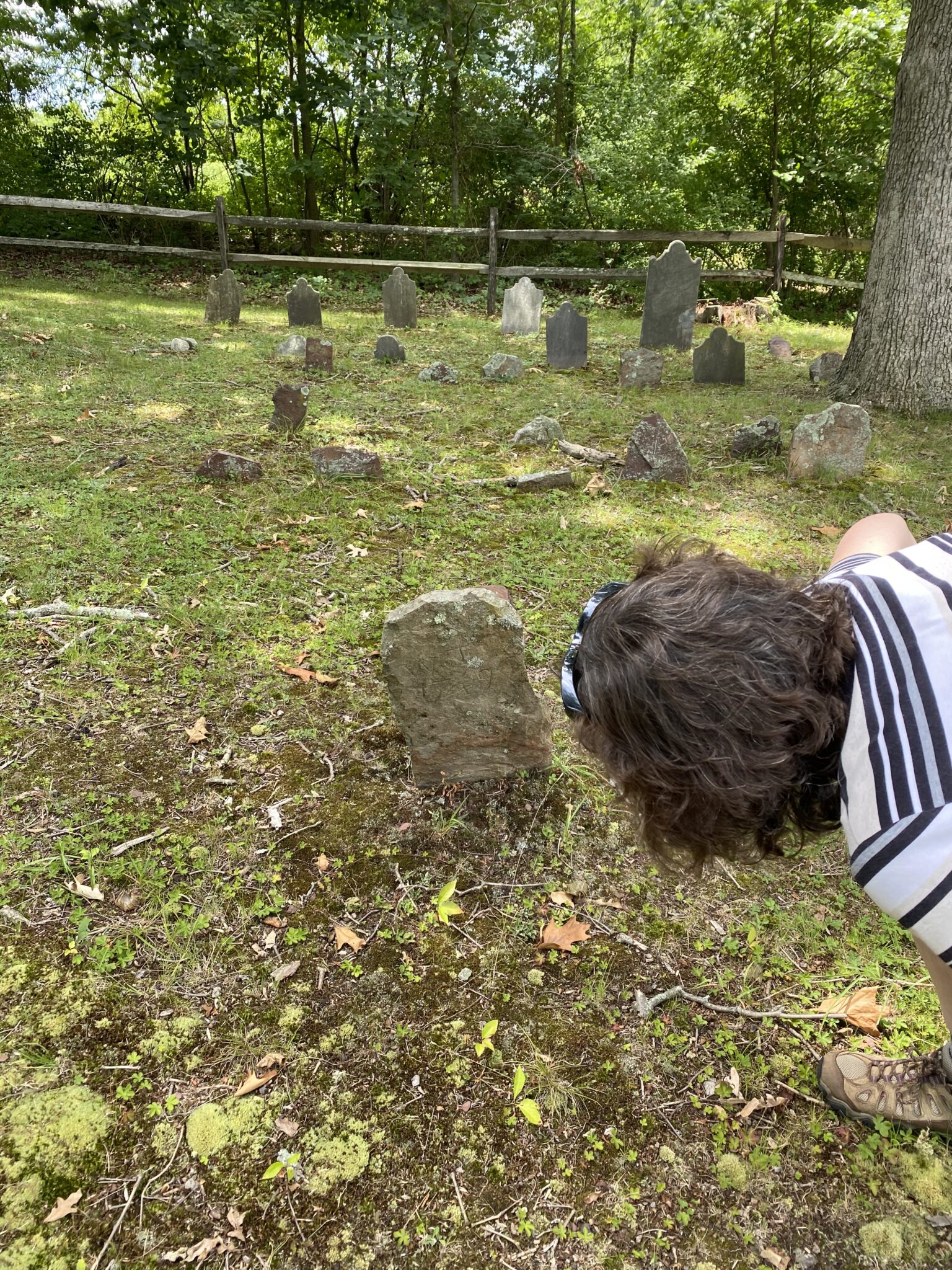
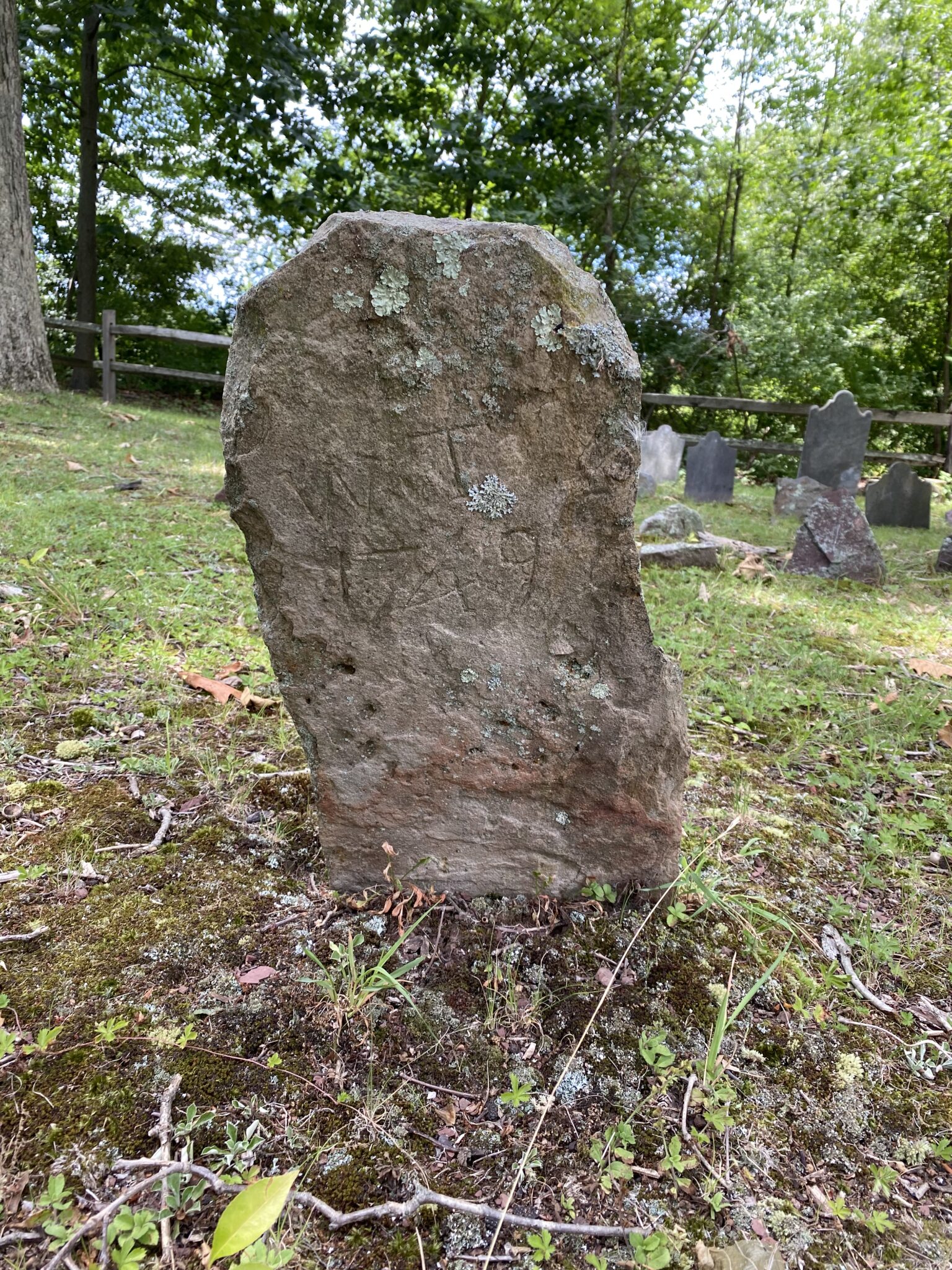
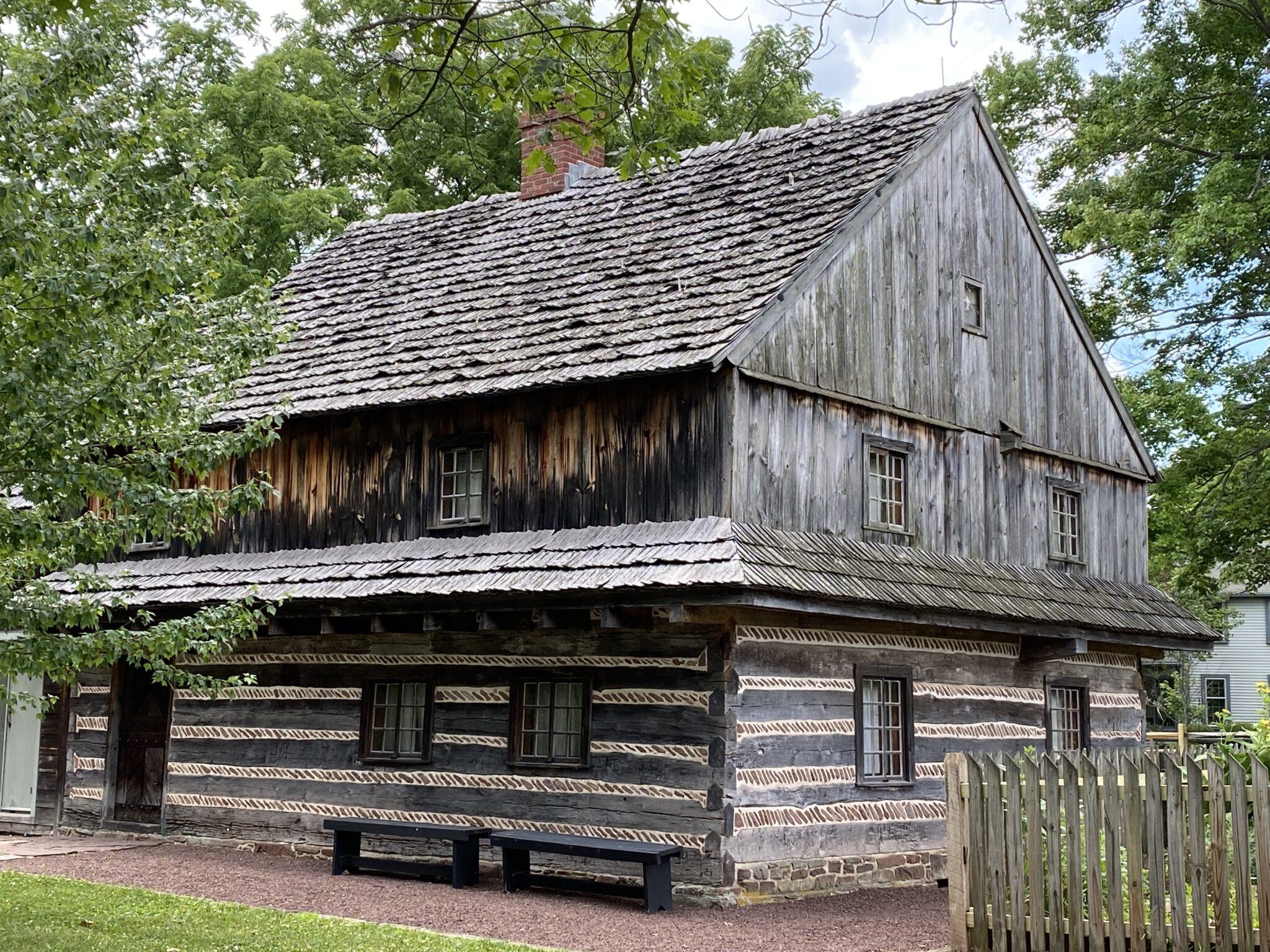
Hamilton, New Jersey
Dave and Jane found some interesting geocaches after their visit to the New Jersey Capitol in nearby Trenton.
J. Seward Johnson is known for his lifelike painted bronze statues. We first remember seeing his work at Harbor Branch Oceanographic Institute near Fort Pierce, Florida and have enjoyed it in other locations including Wickenburg and Phoenix, Arizona. Hamilton Township is home to Grounds for Sculpture, a 42-acre sculpture garden which Johnson founded.
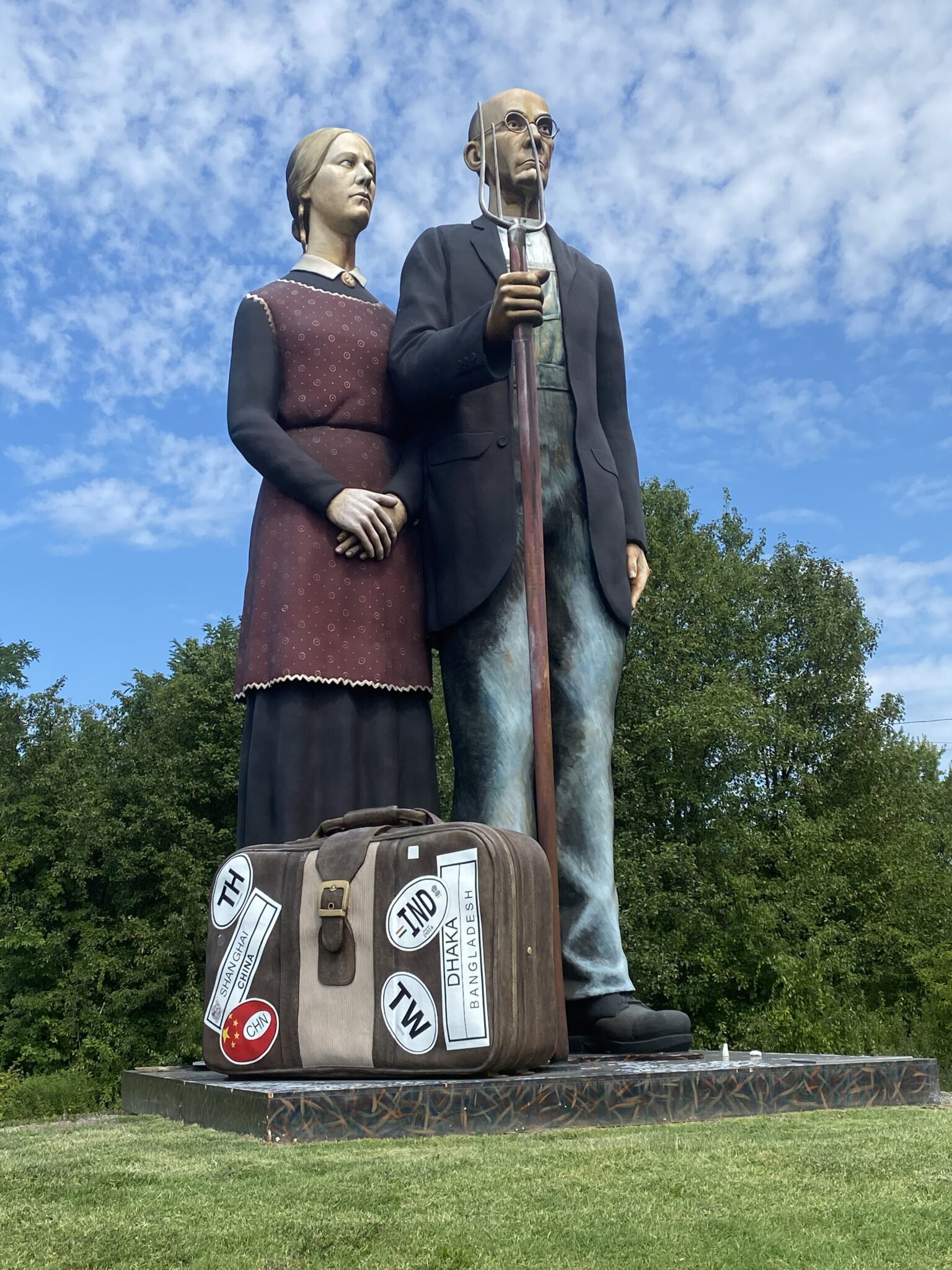
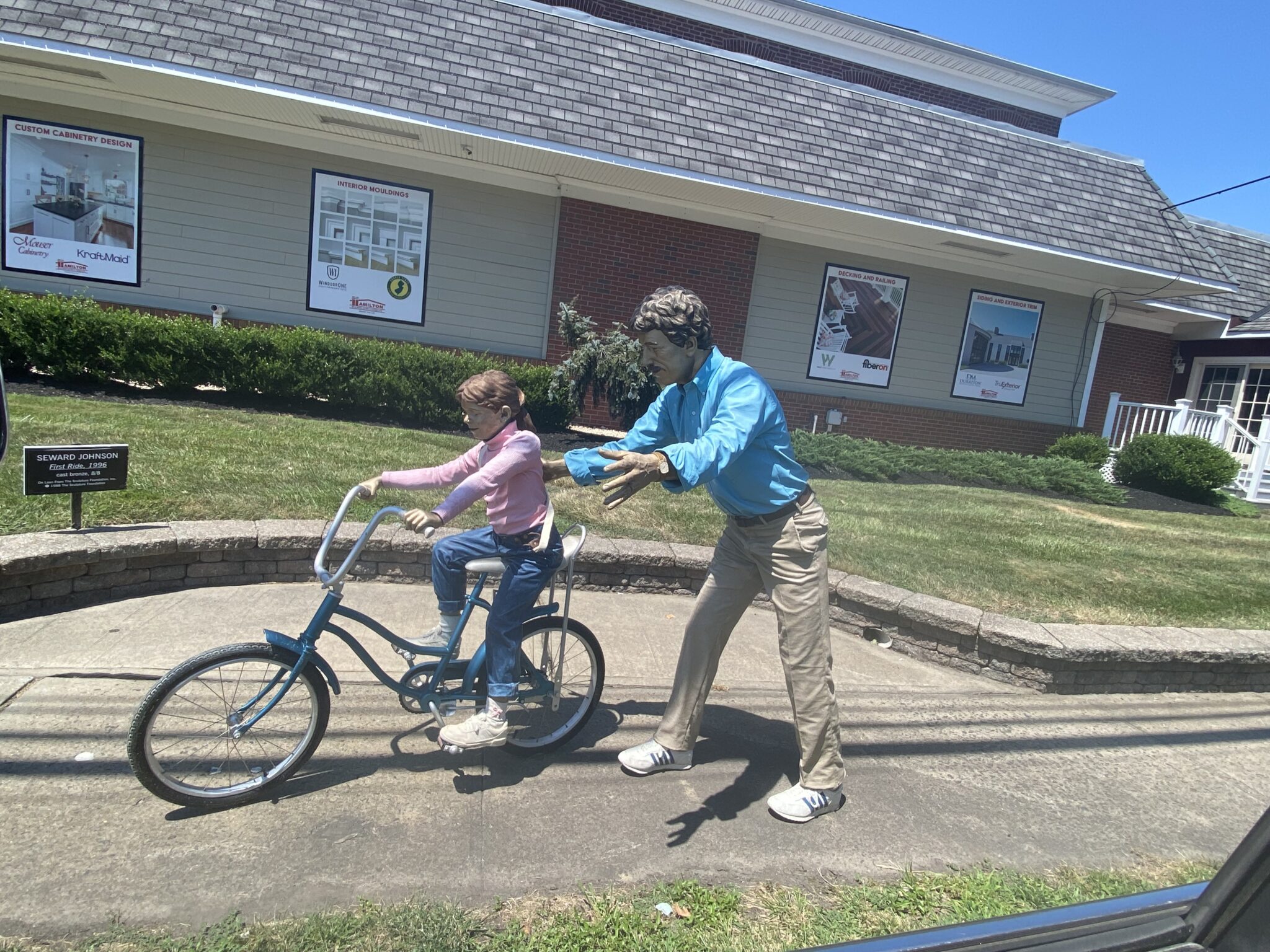
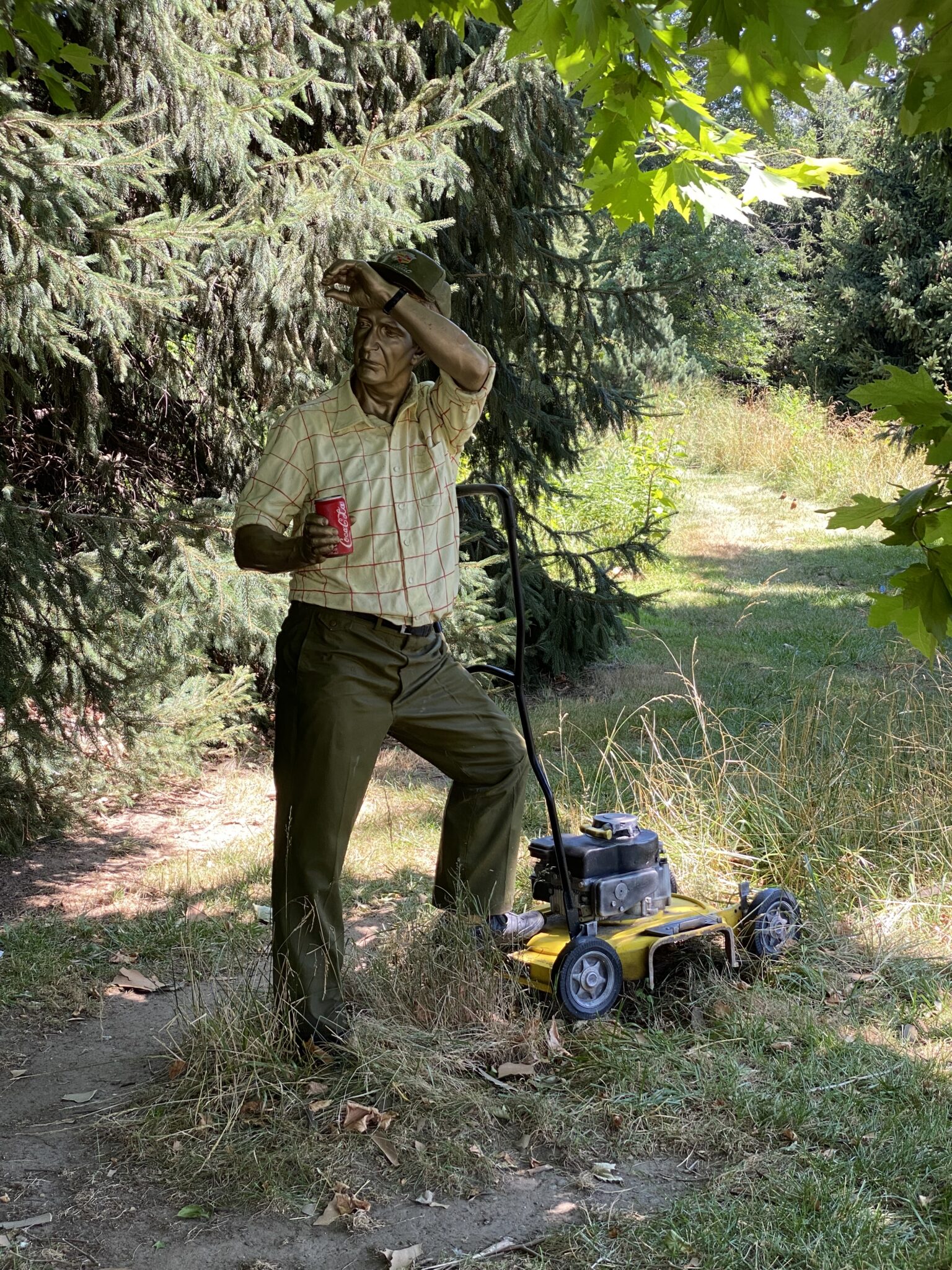
We were intrigued by a sculpture by El Calder Powel.
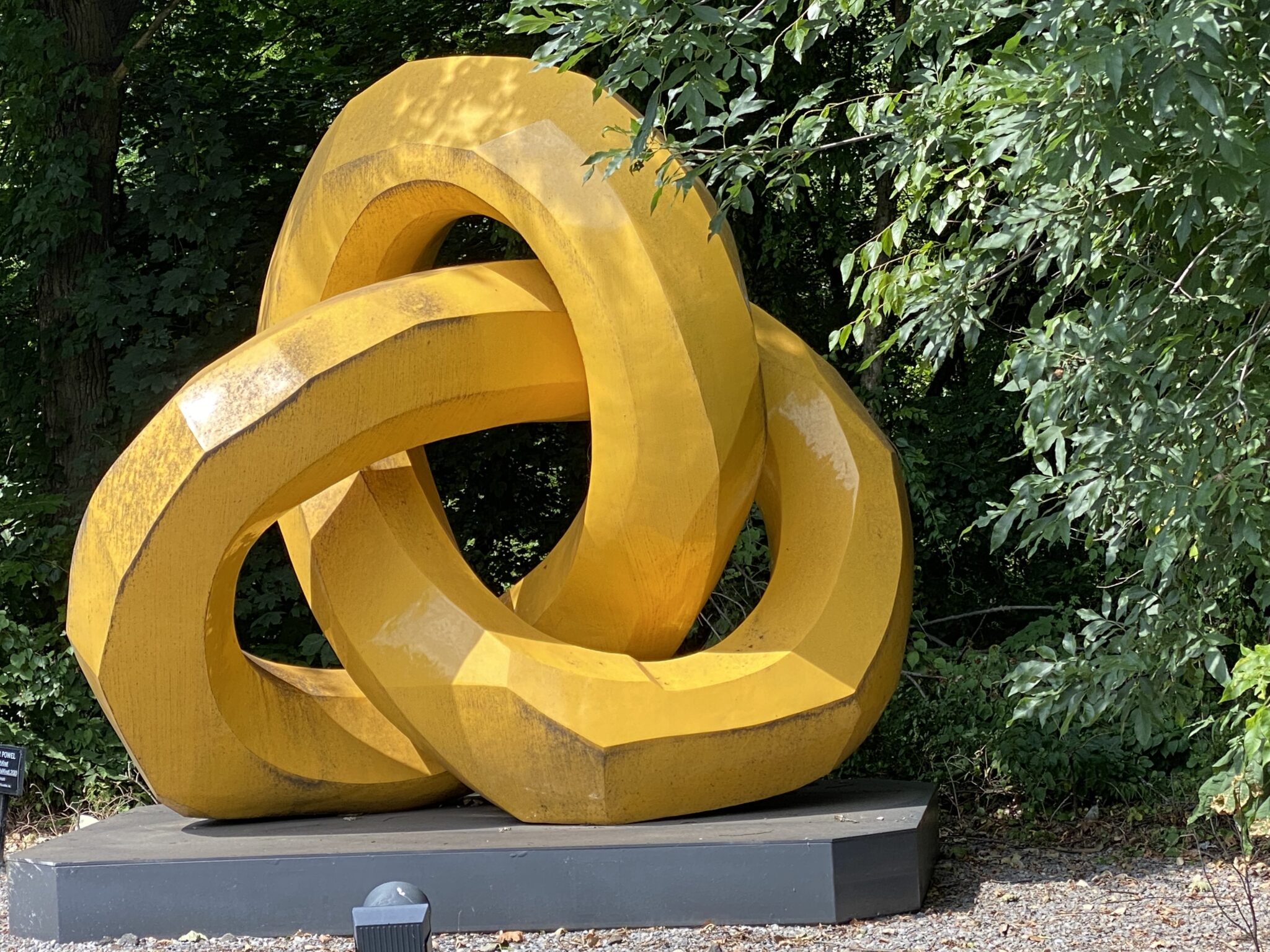
We found several geocaches at the John A. Roebling Memorial Park at Abbott Marshlands. The park was the site of an amusement park that was abandoned in the late 1920’s.
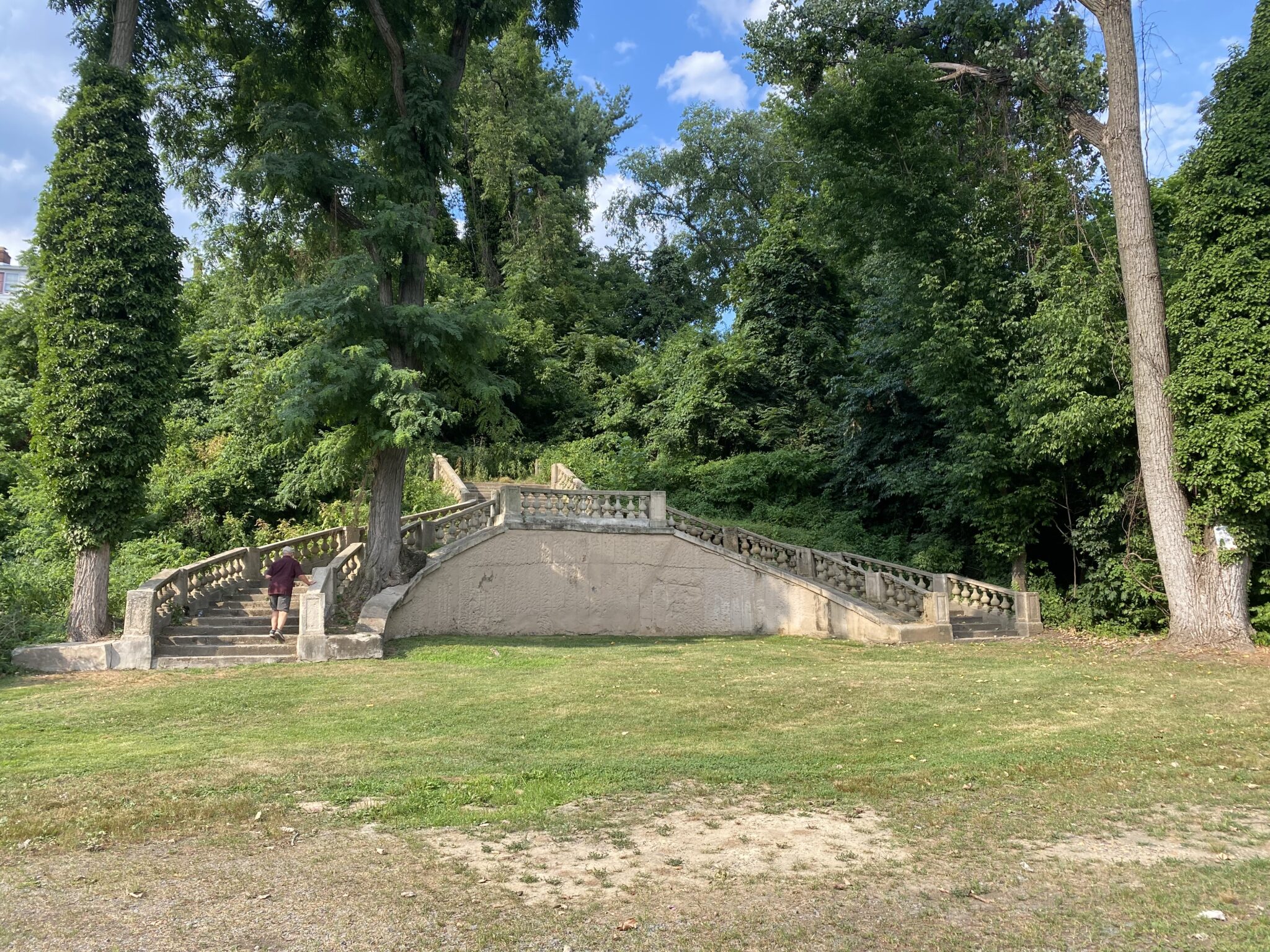
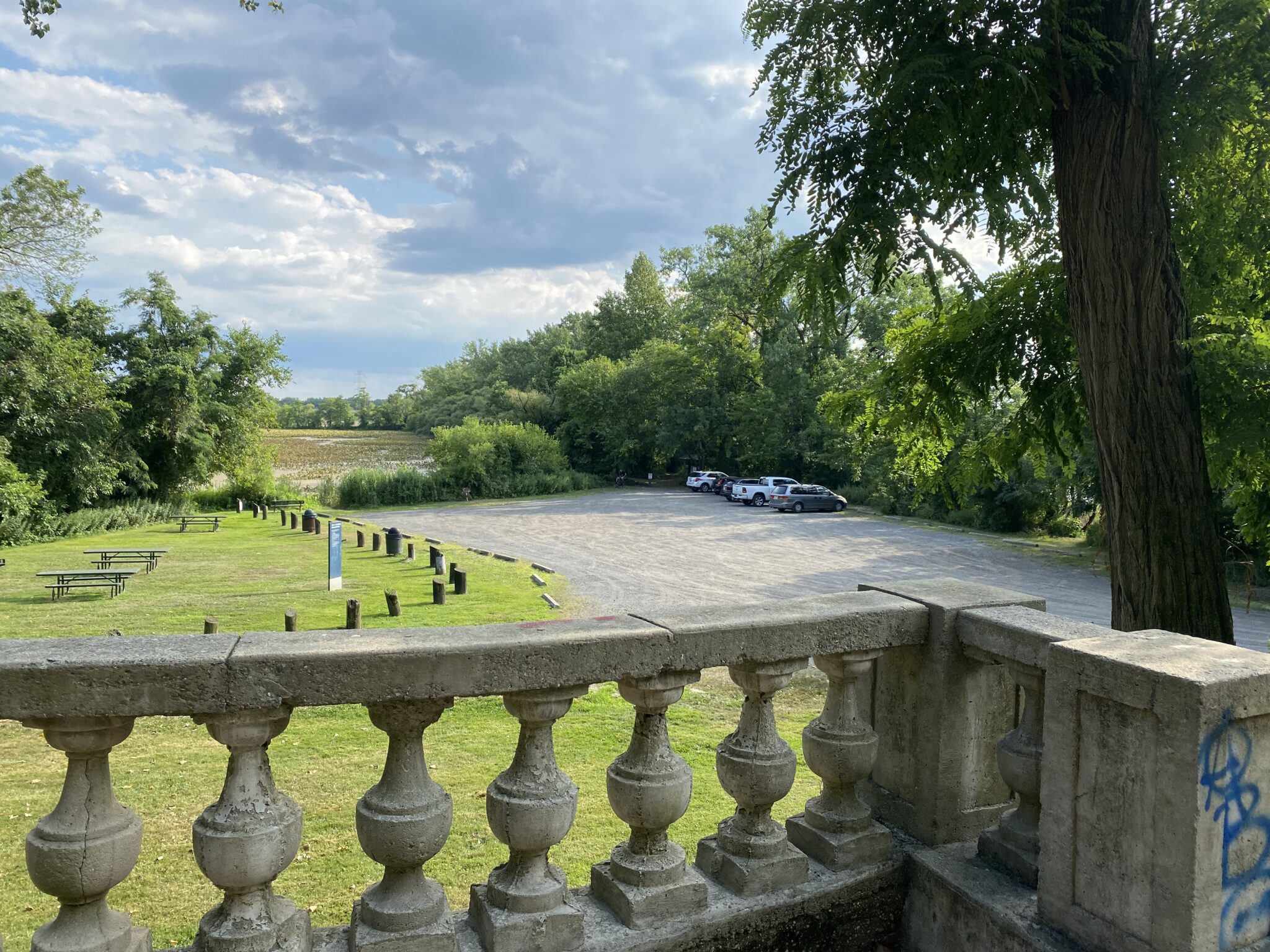
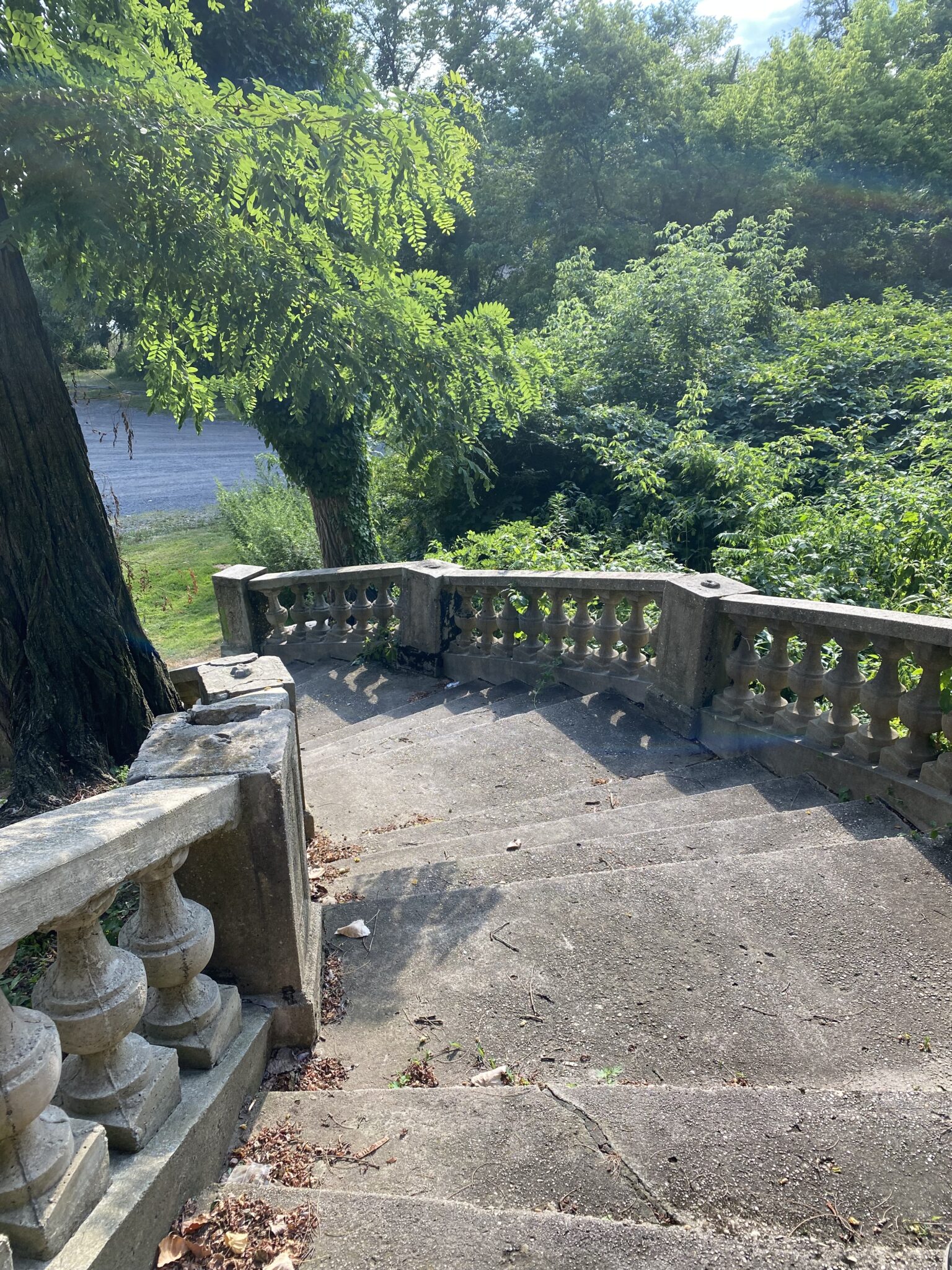
We also headed out on trails through the marsh. A local man warned us about mosquitos so we took the net hoods we had bought but never used after losing a battle with fierce mosquitos in Saskatchewan five years ago. We still didn’t use them because we found that if we kept moving the bugs weren’t a problem.
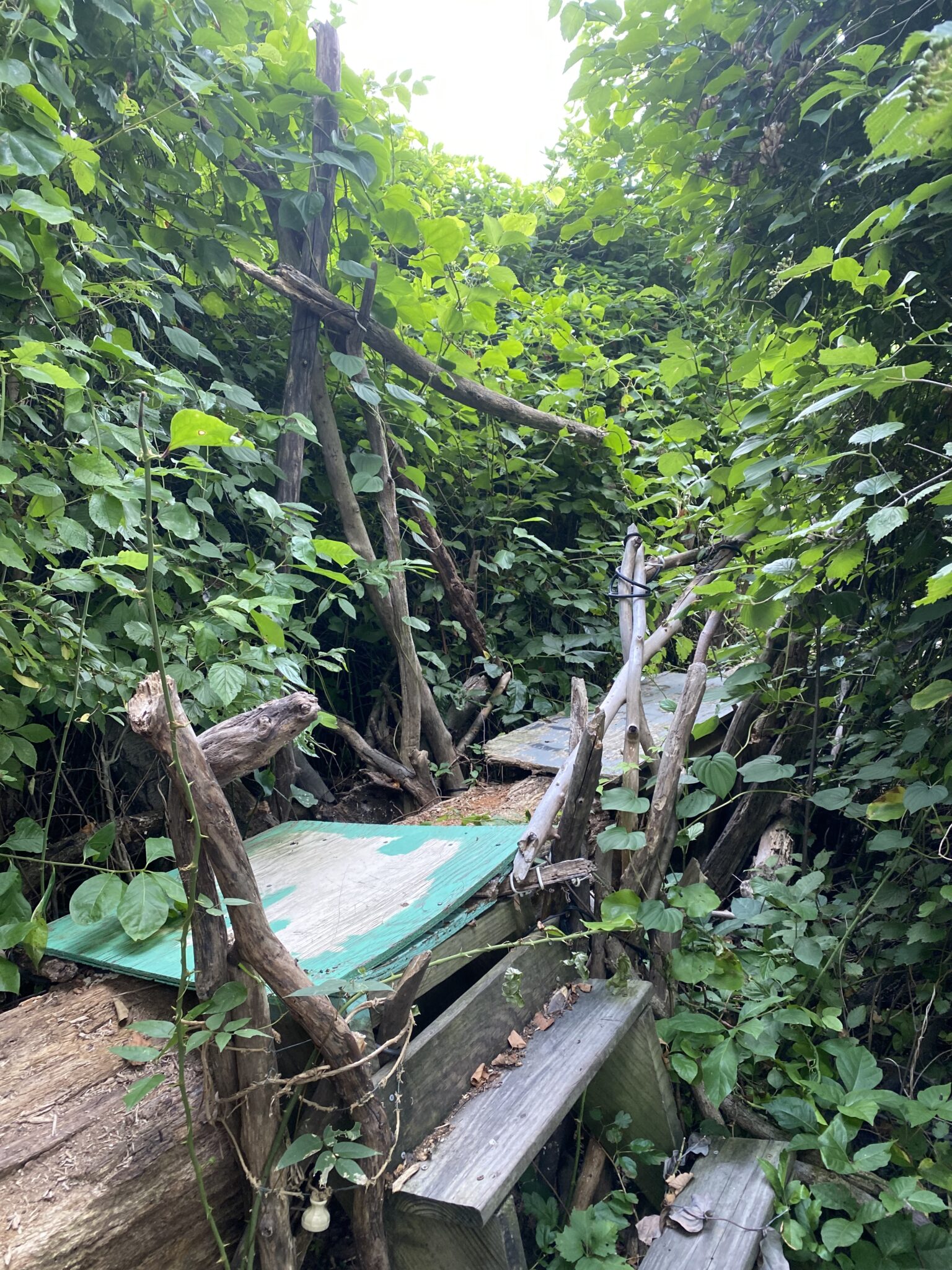
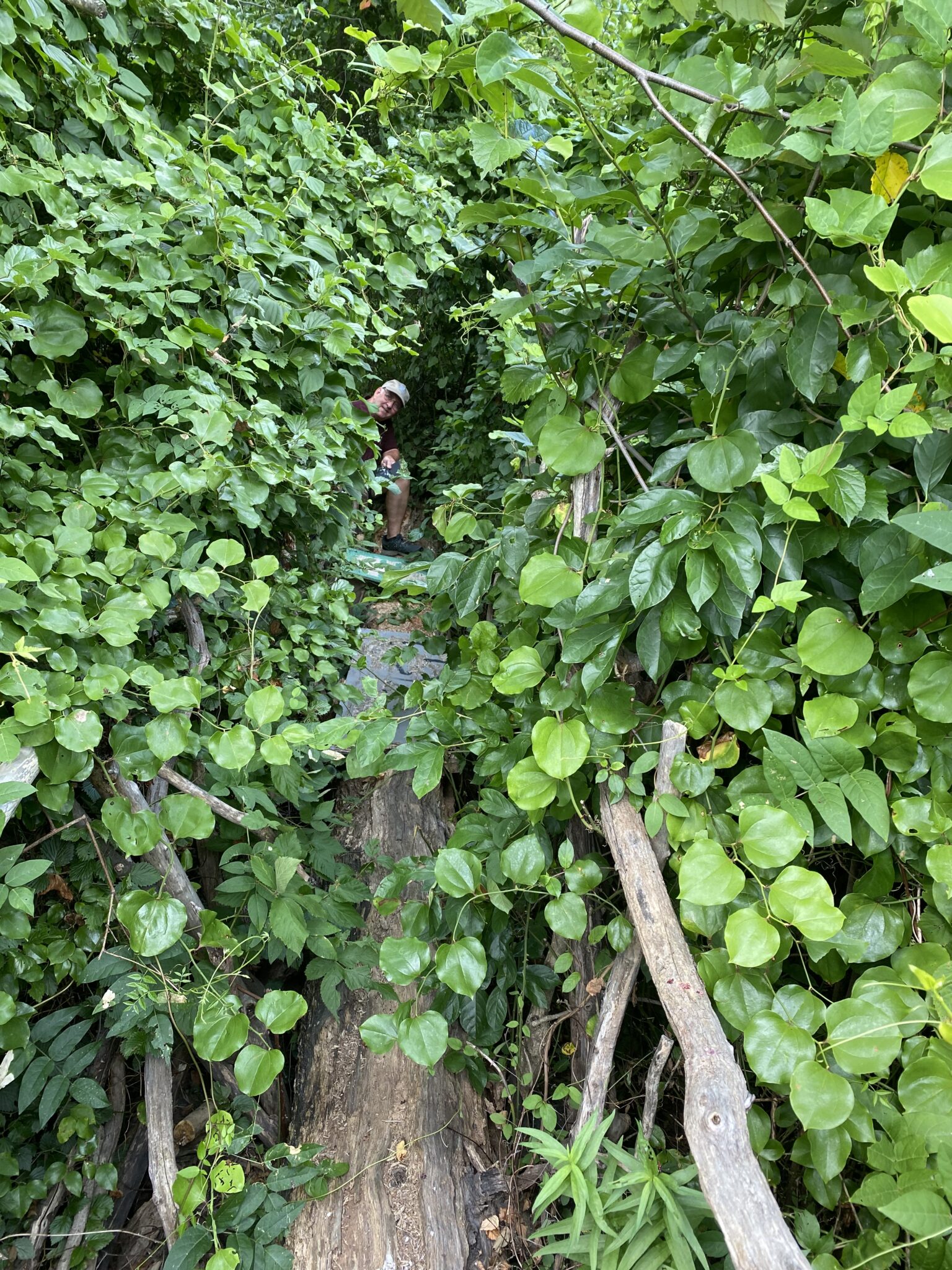
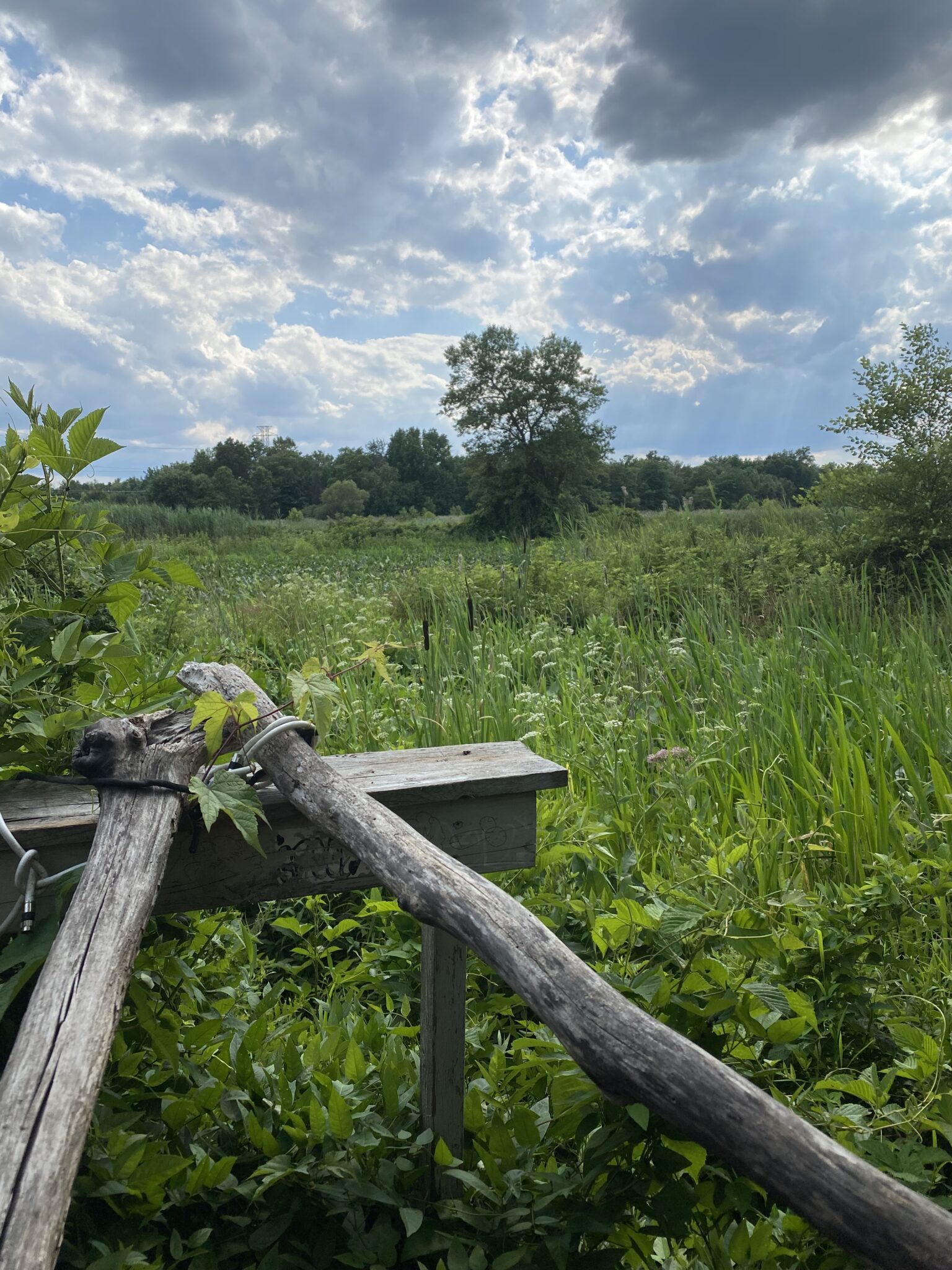
Trenton
The Old Barracks were built in 1758 by the colony of New Jersey in response to complaints from citizens about the compulsory quartering of soldiers in their own homes. During the American Revolution, the barracks housed Americans, English, Hessian mercenaries, Tory refugees and prisoners of war. In the 19th century, the barracks served a variety of purposes including a residence for the mayor of Trenton, a home for women, and a boarding school.
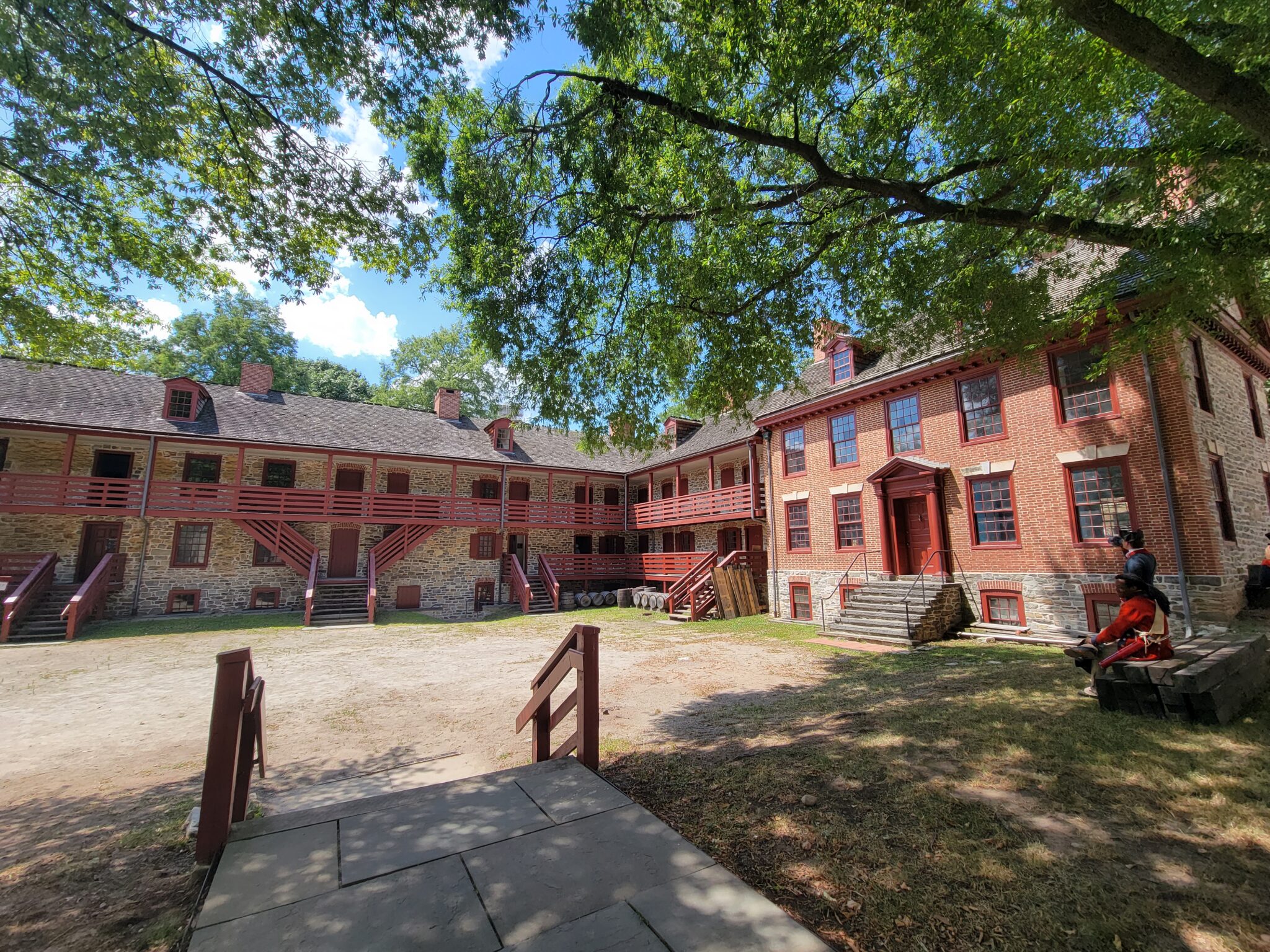
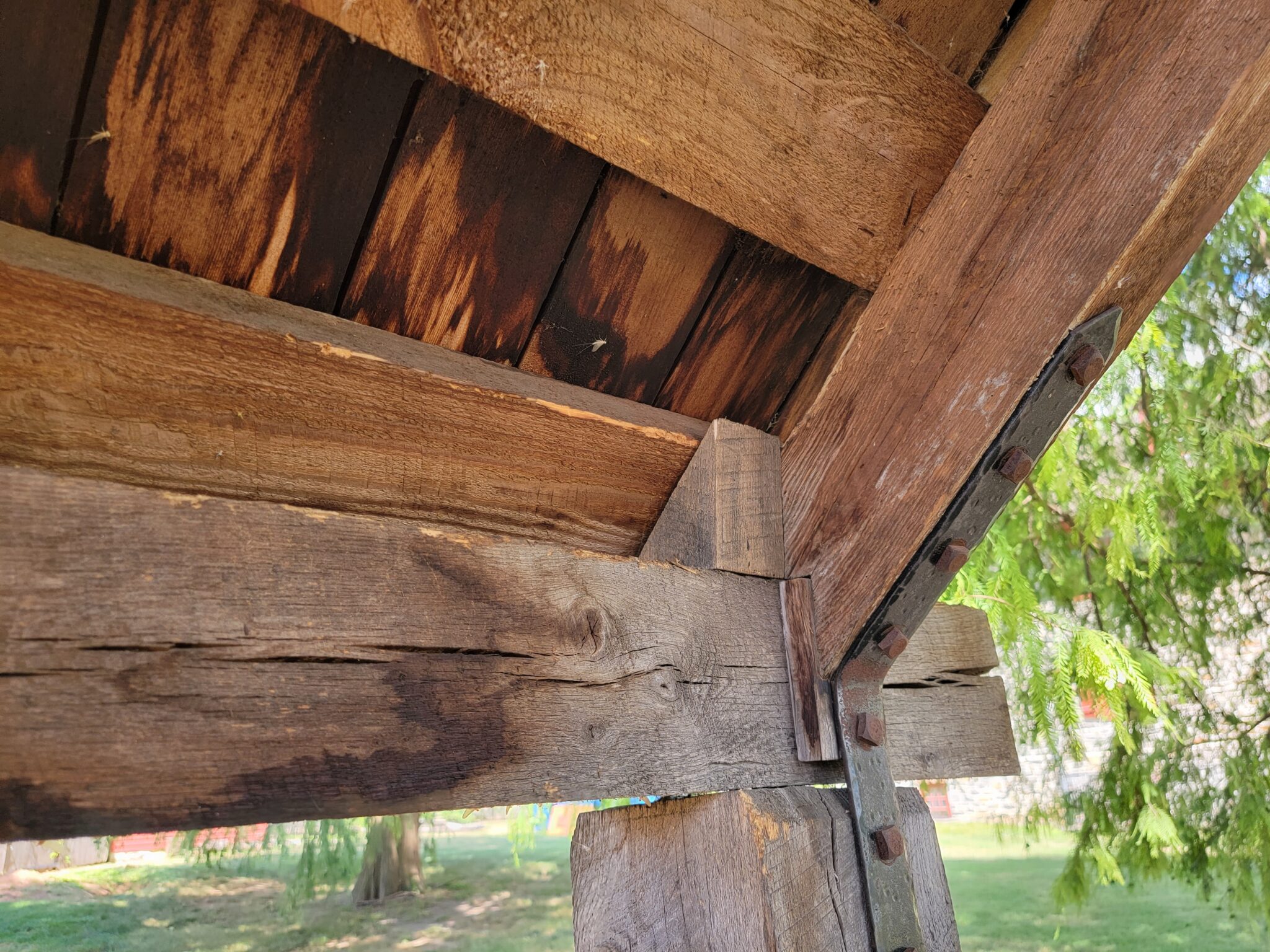
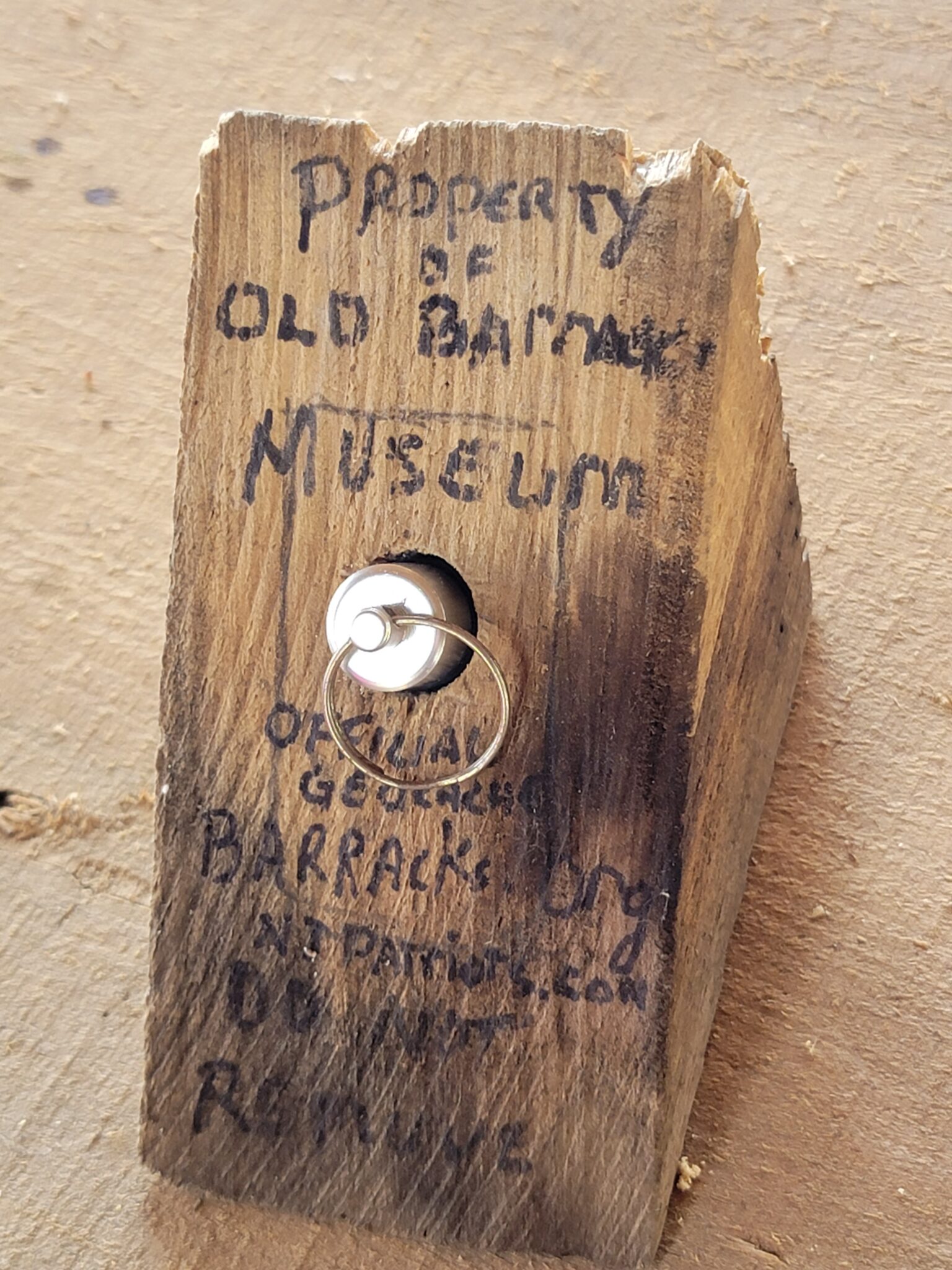
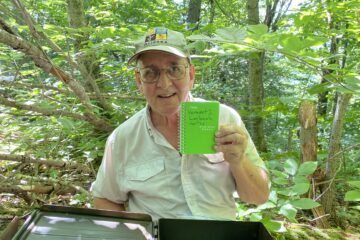
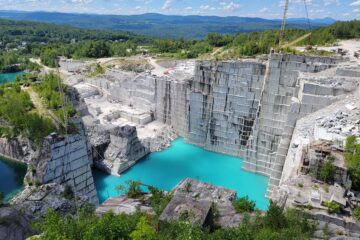
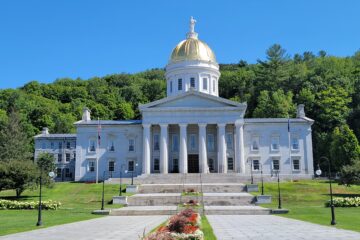
1 Comment
Deb Ward · July 31, 2022 at 8:13 pm
Looks like you’ve had a wonderful trip to the New England states! Lots of stories! Lots of “oldest” state geocaches and state capital caches! I look forward to even more stories of your adventures when you arrive in Illinois!!